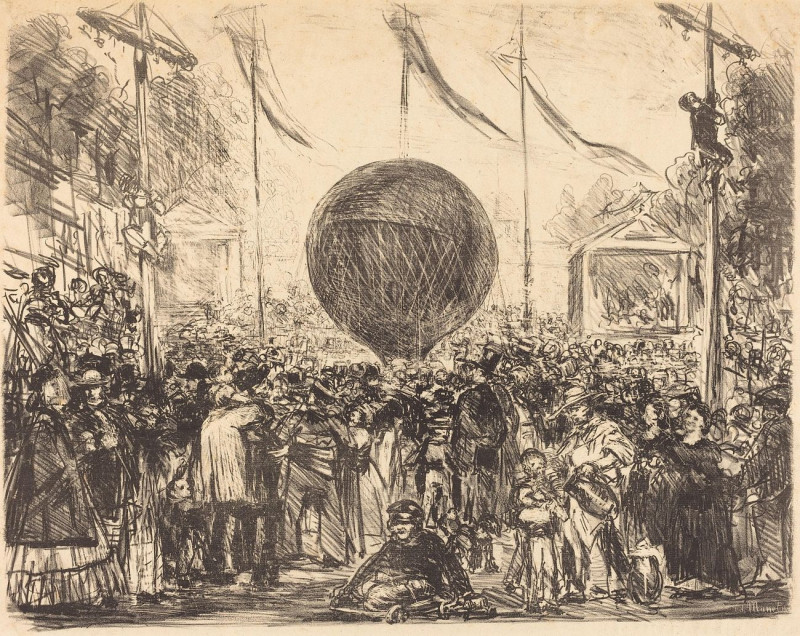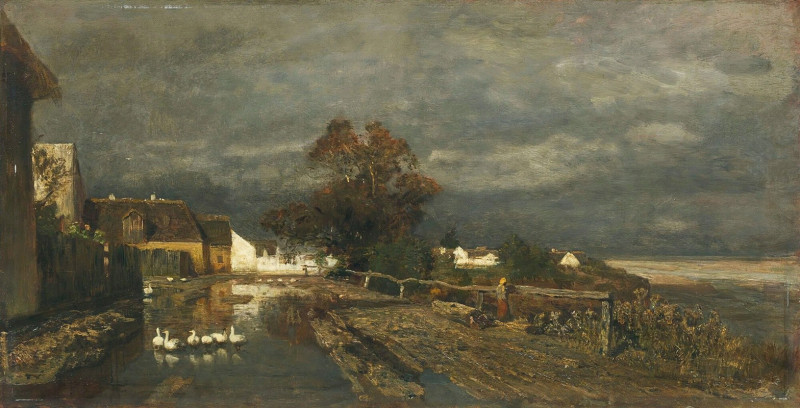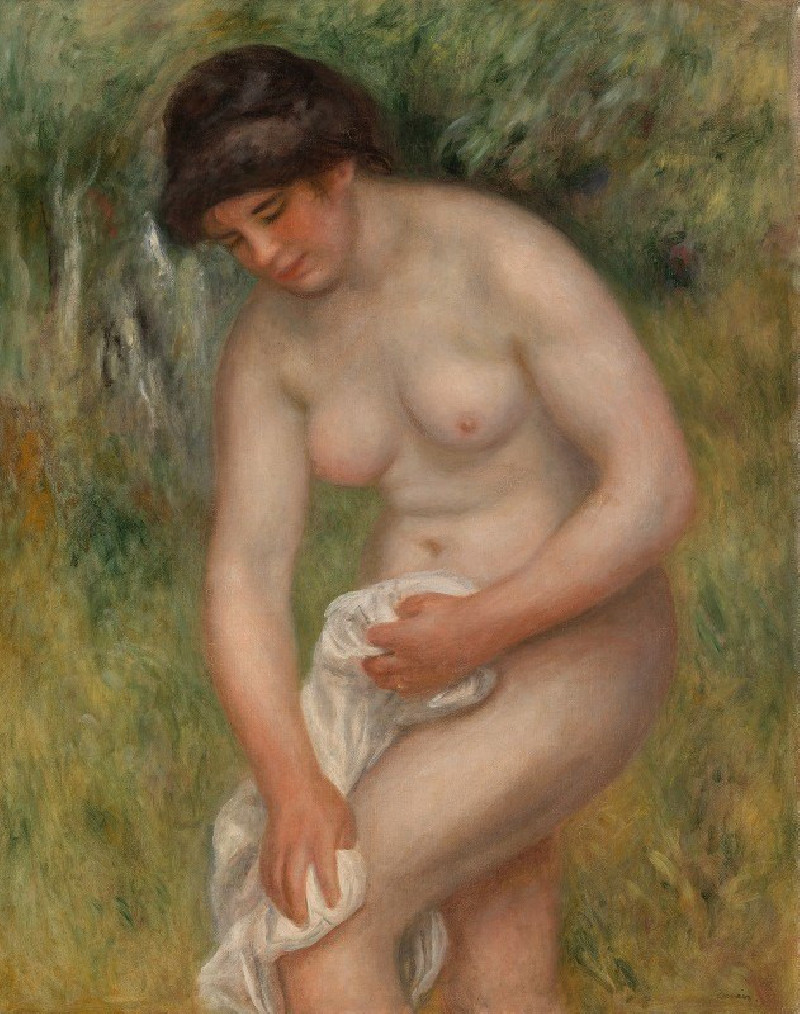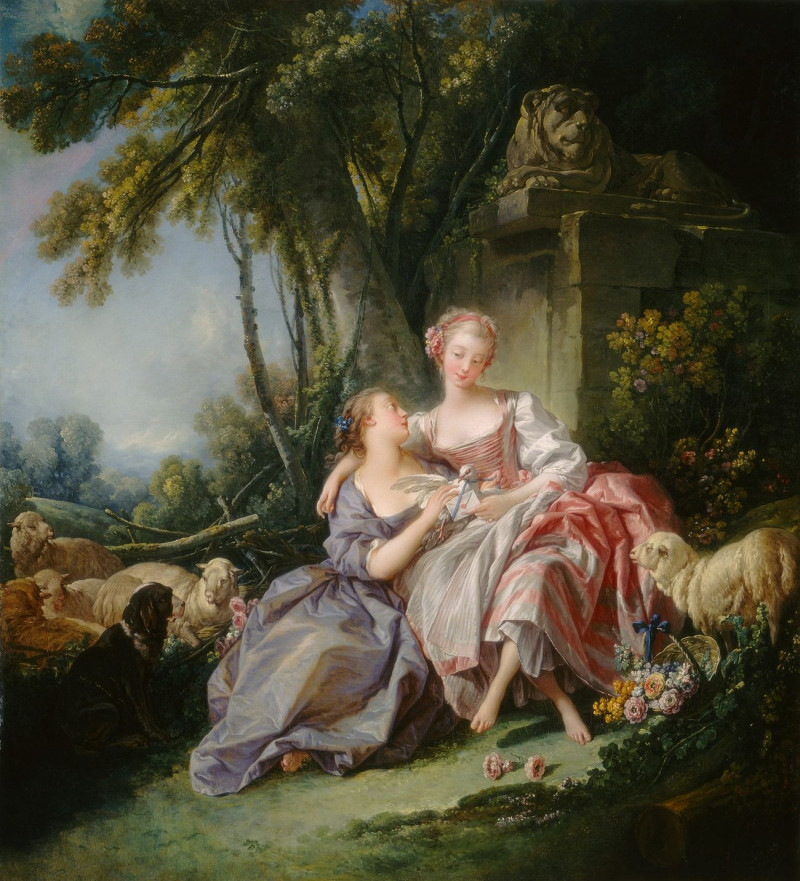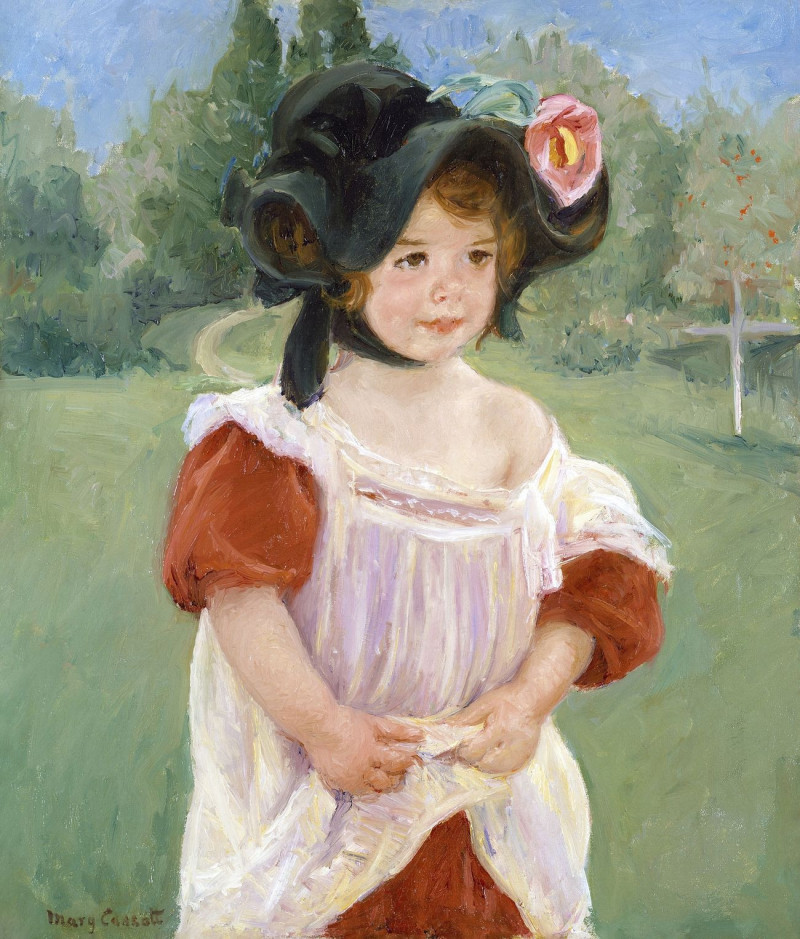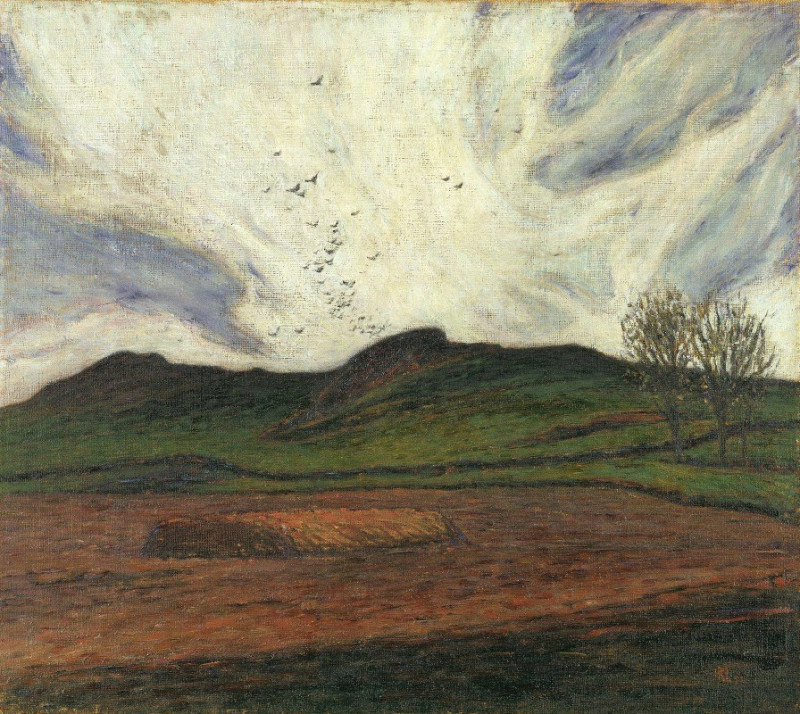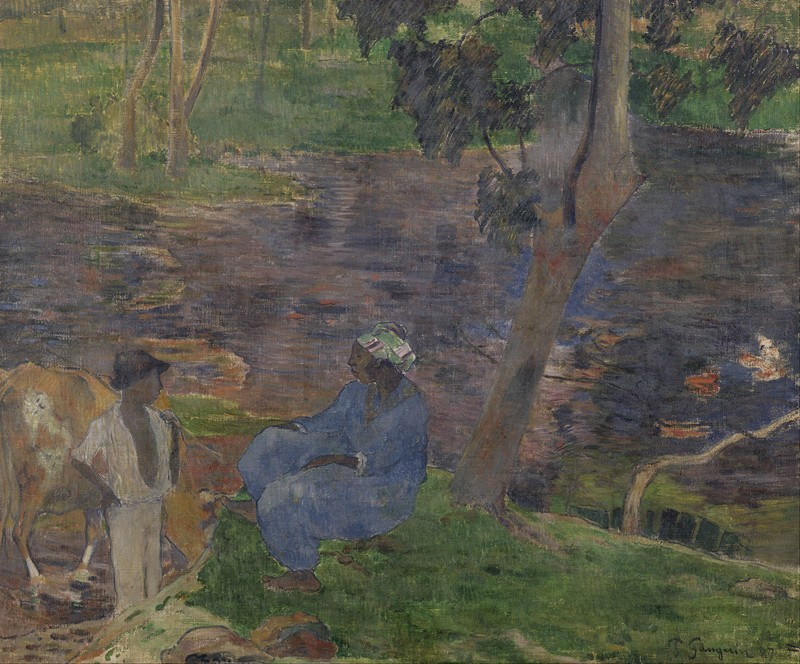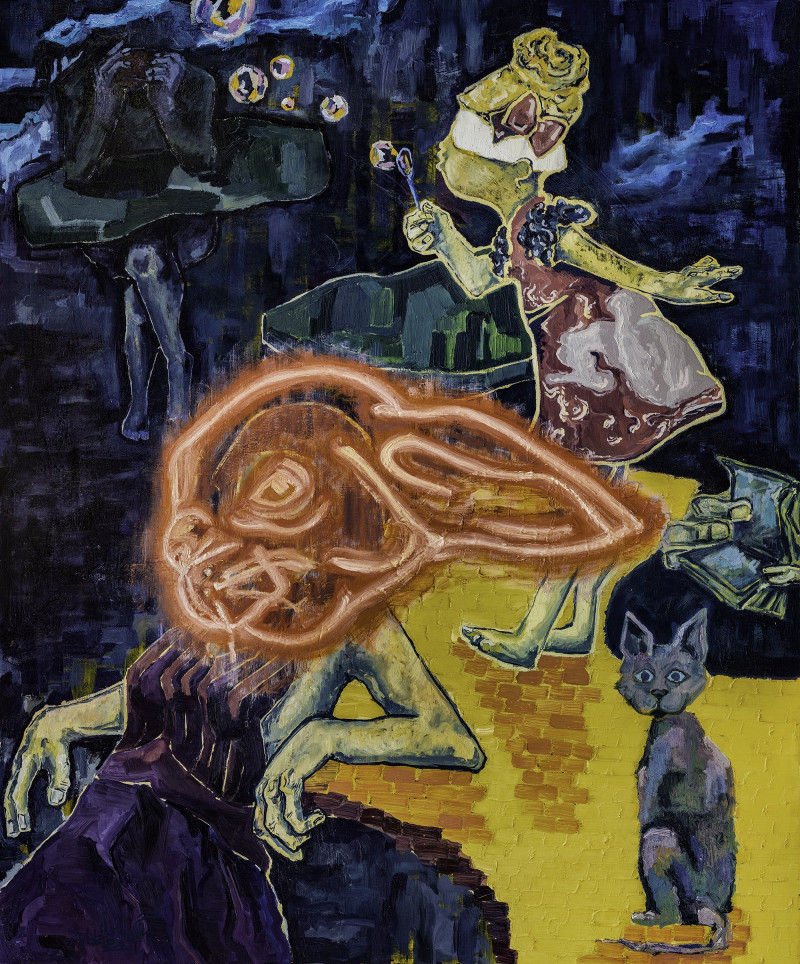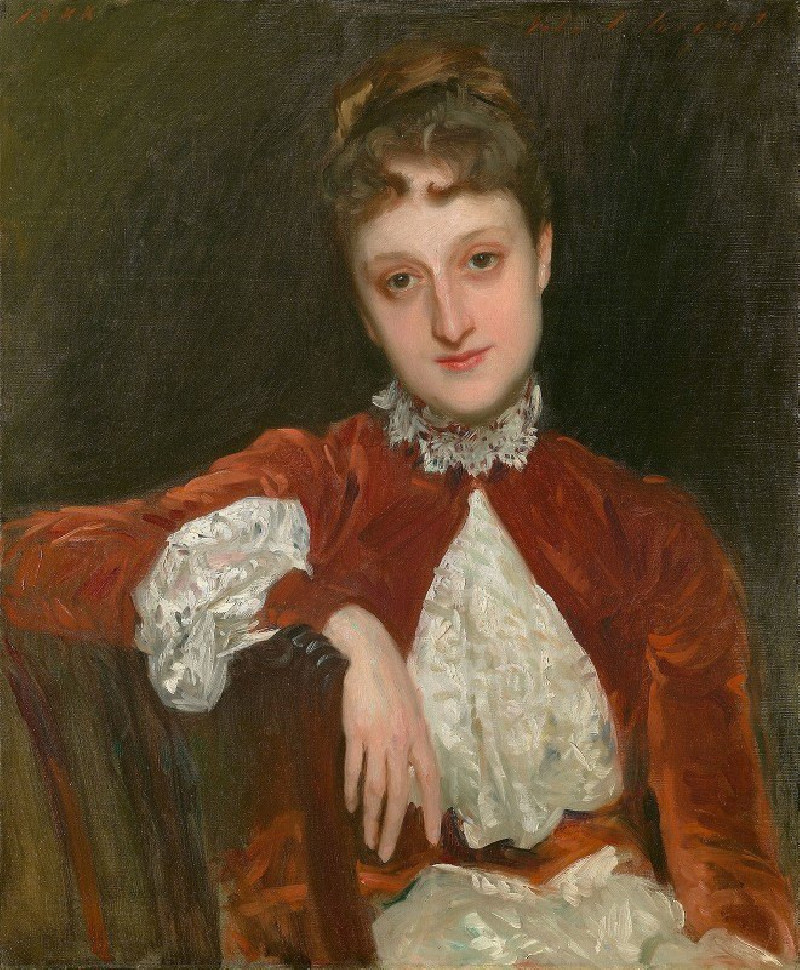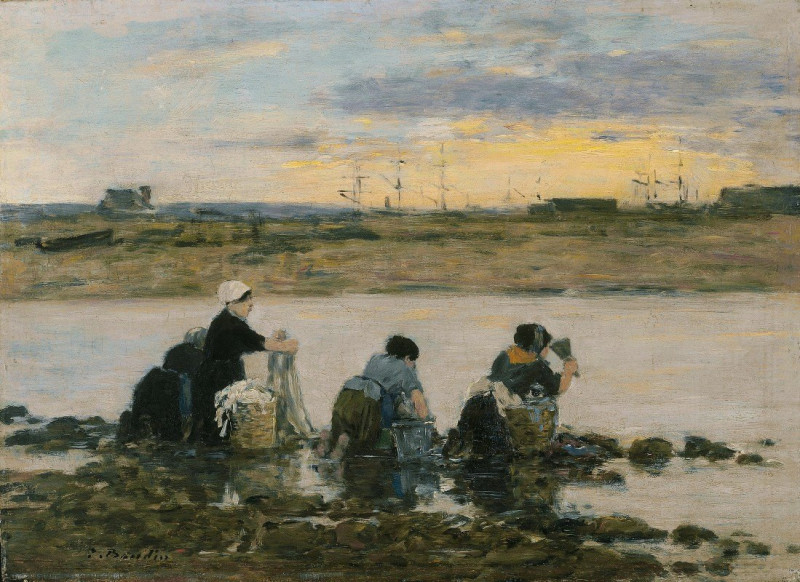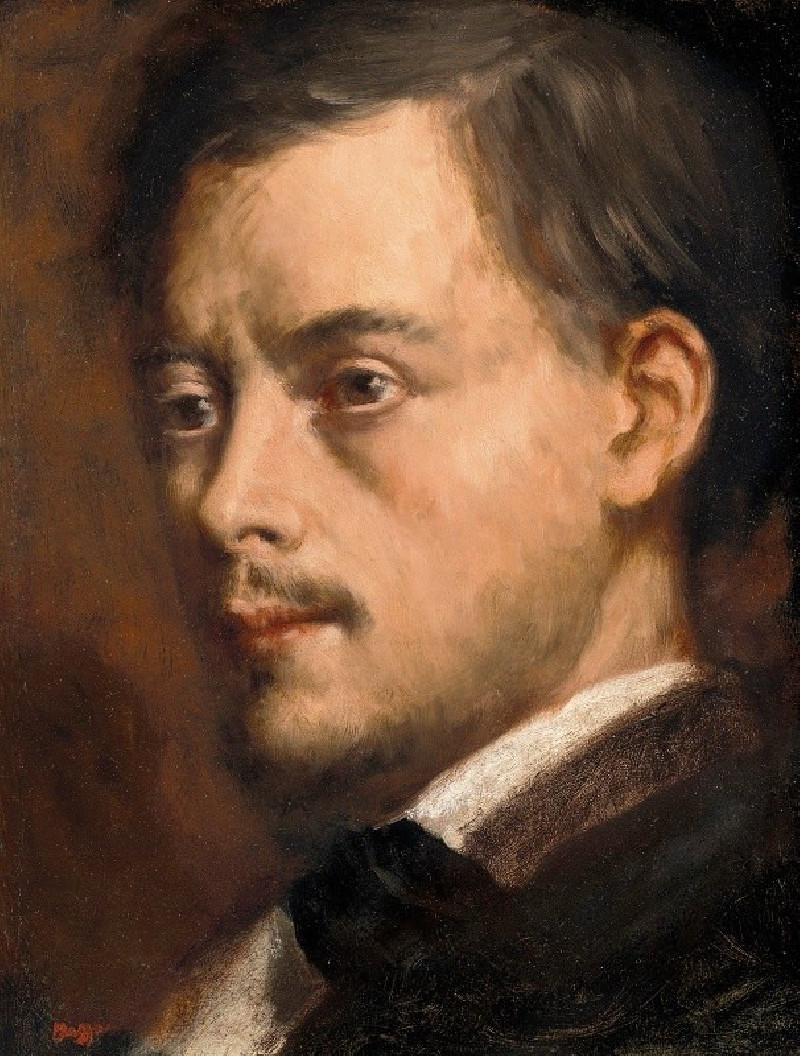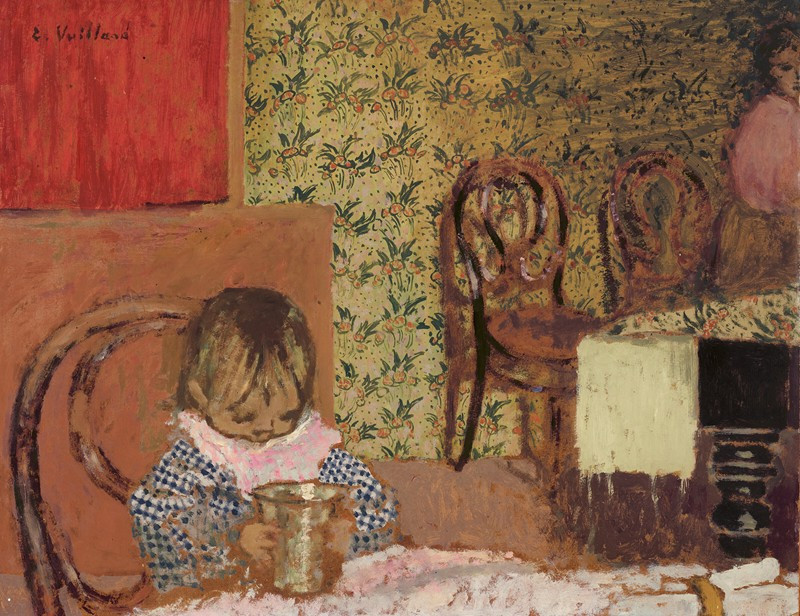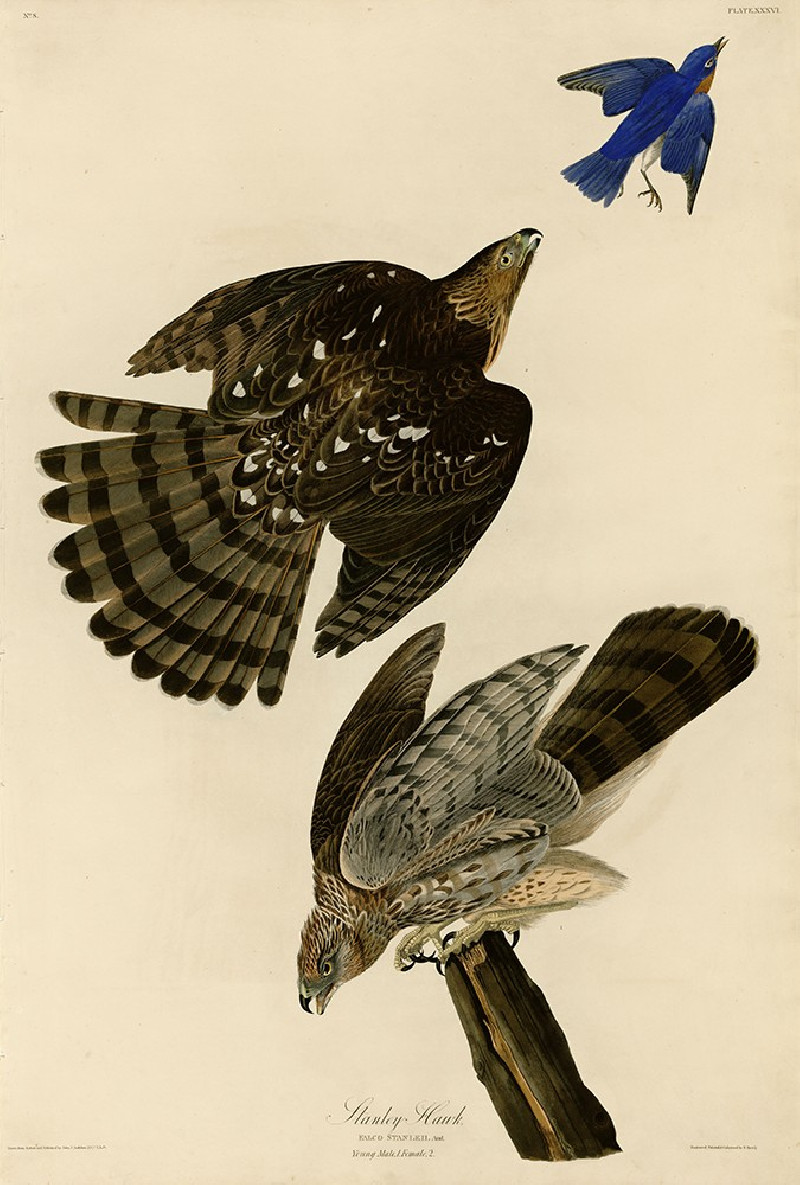The Balloon
Technique: Giclée quality print
Recommended by our customers
More about this artwork
"The Balloon" by Édouard Manet depicts a bustling, crowded scene centered around the spectacle of a large balloon. The work captures the moment with a dynamic sense of movement and excitement. The image shows a diverse crowd, gathered tightly together, their attention directed towards the balloon, which looms large in the composition. The setting appears to be an urban environment, probably a street or a public gathering place, equipped with flagpoles and temporary structures that might be related to the event.The detailed sketching style brings out the vibrancy and chaotic energy of the crowd. People of various ages and social backgrounds are represented, from children held up by their parents to see better, to adults craning their necks and conversing about the scene. The balloon itself, depicted only partially within the boundaries of the image, acts as a focal point, suggesting its massive size.Despite being in black and white, Manet's handling of light and texture through fine lines and hatching gives life and depth to the scene, encouraging the viewer's eye to wander across the multitude of faces and figures, each uniquely reacting to the event. The etching style emphasizes the momentary and documentary nature of the artwork, capturing a slice of social life and leisure from the time period.
Delivery
Returns
Édouard Manet (1832–1883) was a French modernist painter and one of the first 19th century artists to paint modern life. His impressionist style is characterized by relatively small and thin brushstrokes that create emphasis on light depiction. Manet was one of the key artists in the transition from realism to impressionism, along with Claude Monet, Edgar Degas, and Pierre-Auguste Renoir. However, he resisted involvement in any one specific style of painting, and only presented his work to the Salon of Paris instead of impressionist exhibitions. His early masterworks, The Luncheon on the Grass and Olympia, created great controversy and served as a rallying point for other young painters.

